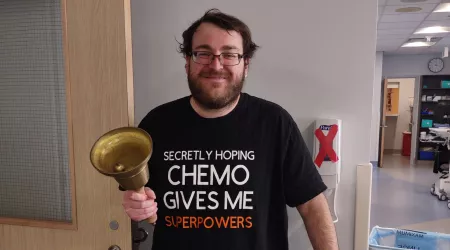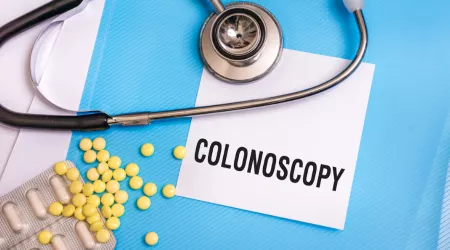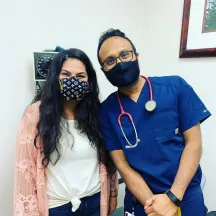What to expect at the end of life
Even with the best medicine, some patients may not survive colorectal cancer. Knowing what to expect at the end of life is important for both patients and caregivers.

You're not alone in this
The Alliance's certified patient and family support navigators, as well as our nation of allies, are here for you.
Signs of the end of life
These symptoms may indicate that death is near, and it's critical that patients receive comfort and support during this time.
Becoming sleepy or unresponsive: The person may appear drowsy, sleep more, or become unresponsive due to changes in their body's functions.
Confusion and restlessness: They might seem confused about time, place, or the identity of loved ones. Restlessness, seeing things that aren't there, or pulling at bedding can also occur due to metabolic changes.
Isolation and withdrawal: The person might withdraw from social interactions and become more distant. This could result from decreased oxygen to the brain, reduced blood flow, and mental preparation for the end of life.
Loss of interest in food and fluids: They might lose their appetite, eat less, and drink less. This happens because the body conserves energy and struggles to use food and fluids effectively.
Loss of control: The person could experience loss of control over their bladder or bowel functions due to relaxed muscles in the pelvic area.
Changes in urine: Urine may become darker or decrease in amount due to reduced kidney function and fluid intake.
Cool and bluish skin: Their skin, especially on the hands and feet, may feel cool to the touch and turn bluish. This occurs because circulation to the extremities is reduced.
Breathing changes: Breathing might become irregular, shallow, or produce rattling or gurgling sounds. This is caused by factors like decreased fluid intake, waste buildup, and reduced circulation to organs.
Turning toward light: The person might turn their head towards a source of light as their vision decreases.
Increased pain: Pain might become more challenging to control as the disease progresses.
Involuntary movements and physiological changes: Additional signs include involuntary movements (myoclonus), a faster heart rate, alternating high and low blood pressure, and loss of reflexes in the limbs.
Top resources

Gabriel Leblanc: How the Alliance changed my life
It’s scary to hear the “c” word, especially when you’re only 36. A million questions ran through Gabriel Leblanc’s mind, but only one seemed to matter. “How was I going to get through this?” Gabriel said.

What are the best types of colonoscopy prep?
Several different types of colonoscopy prep regimens are available today, including prescription and over-the-counter options. While it is important to consult your healthcare provider for guidance, it can be helpful to conduct some of your own research.

Marijuana and colorectal cancer: Does weed help?
Up to 40% of cancer patients report marijuana usage to relieve or improve their symptoms. But what does the research say about weed and cancer?





